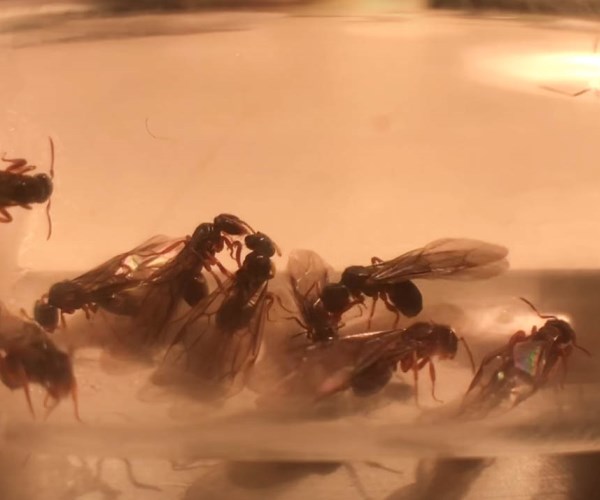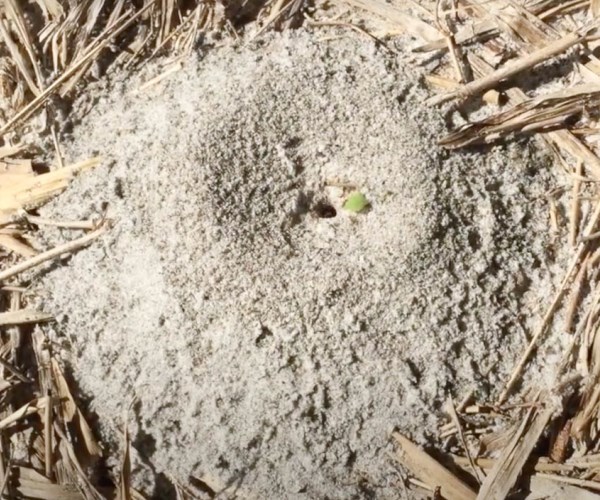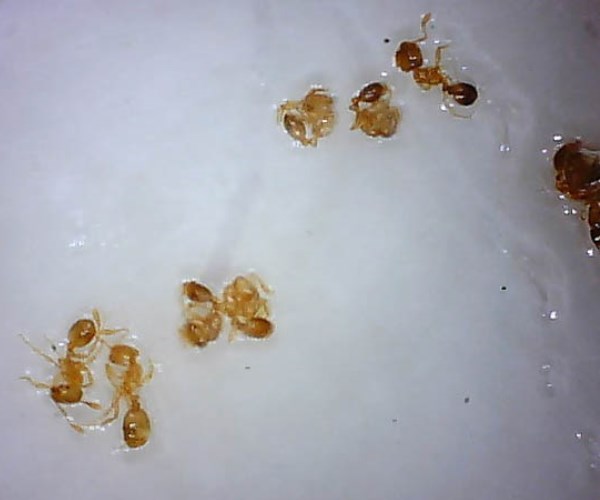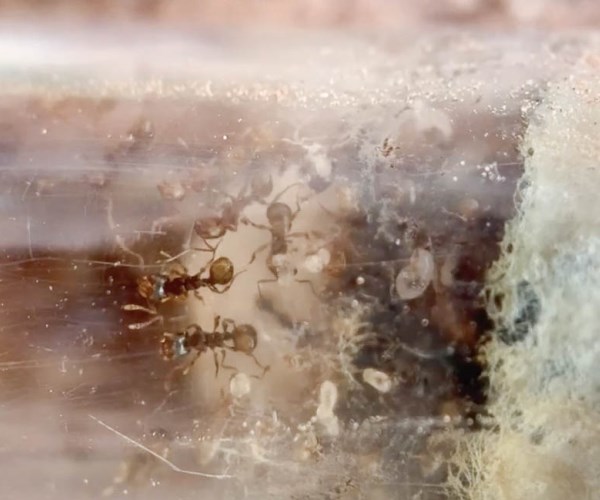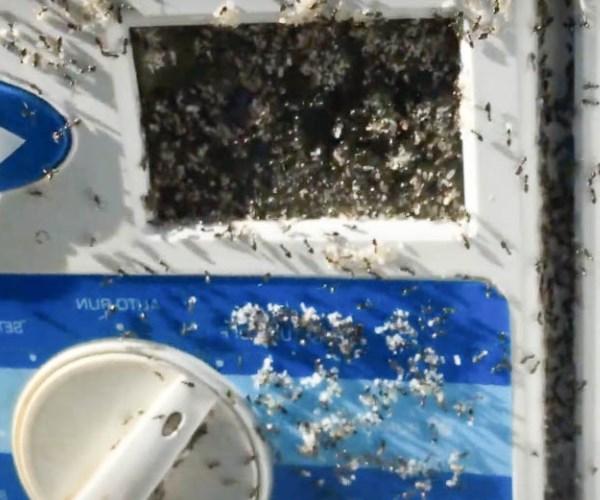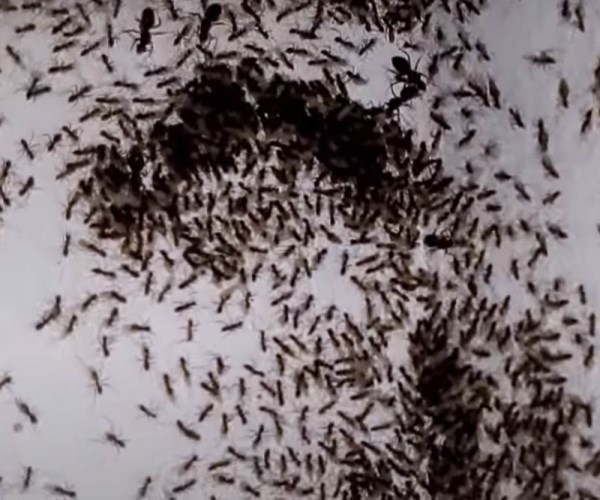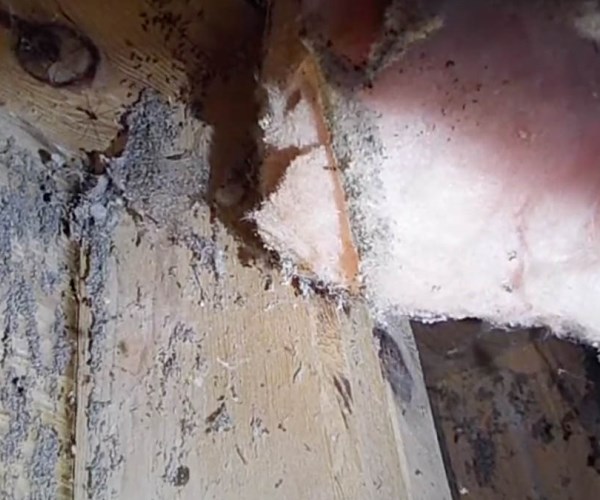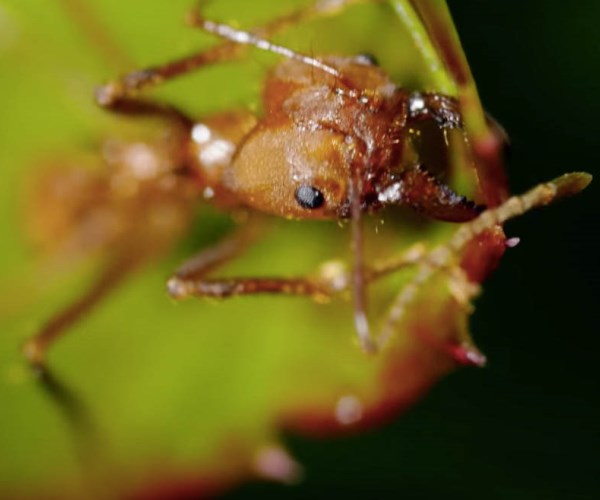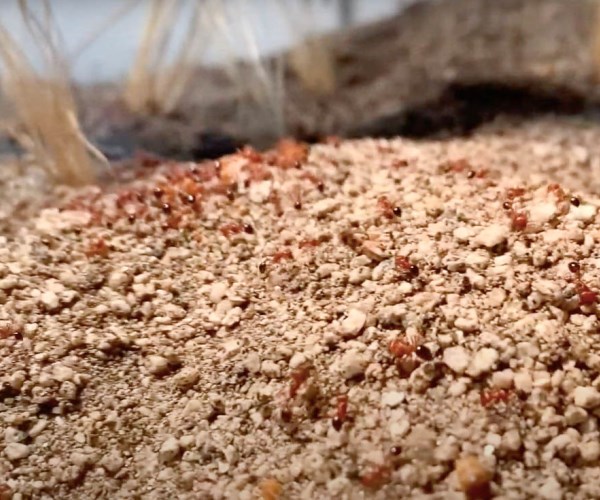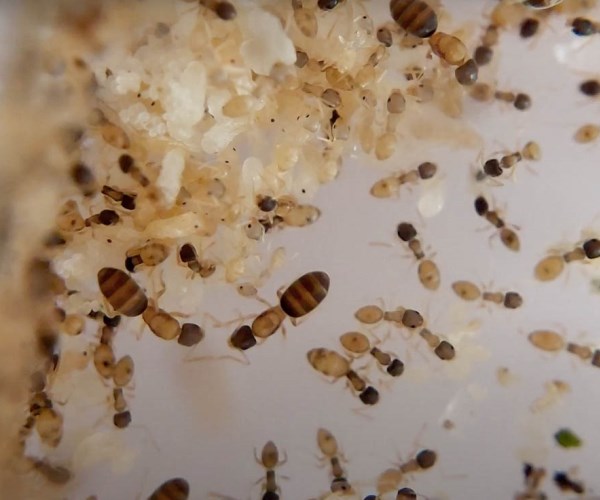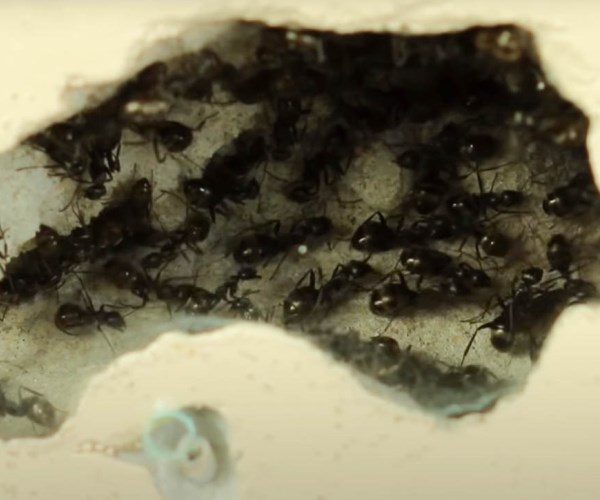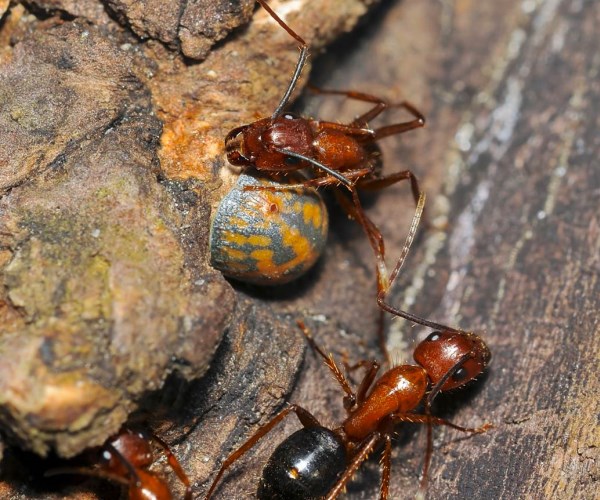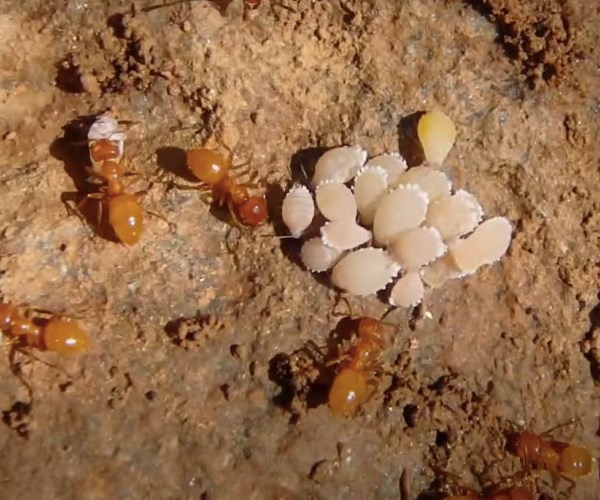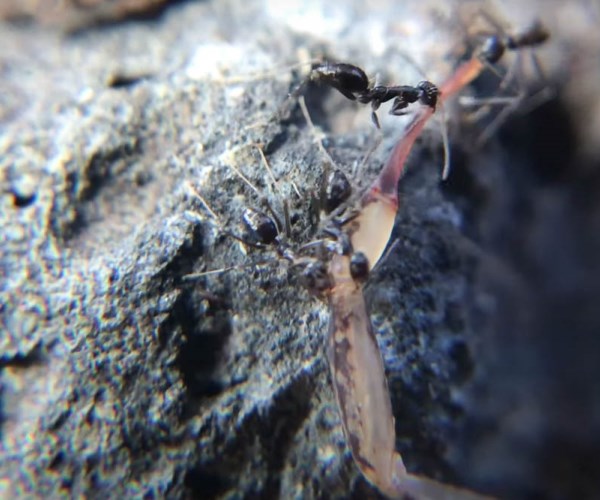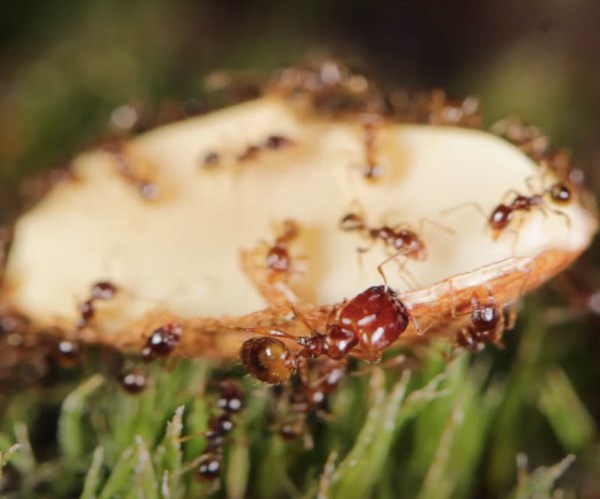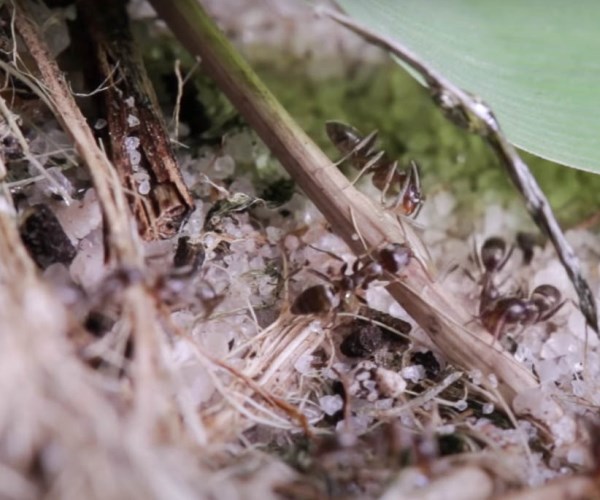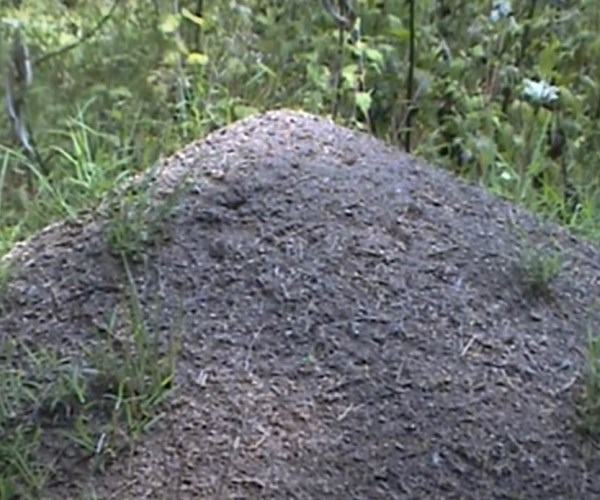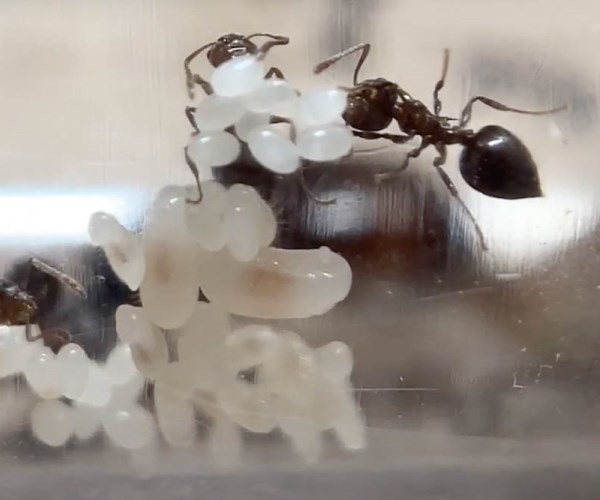About Carpenter Ants
About Carpenter Ants
Carpenter ants get their name from the carpentry activities they engage in to build galleries where they nest. The galleries also serve as pathways. Carpenter ants can cause significant damage if an infestation is not detected early.
Appearance
Carpenter ants are some of the largest ants in the US. Their length ranges from 3.4mm to 13mm. The commonest carpenter ants are the black carpenter ants. The ants could also be red, orange, yellow, yellowish tan, and light brown. They also have large mandibles. Carpenter ants could have mixed coloration, in most cases red and black. The ants are dimorphic, with the major and minor workers having different sizes and physical features.

The males and queens are usually bigger than the workers and are winged. Carpenter ants have one node. When the thorax of these ants is viewed from the sides, it has a perfectly round shape. Because they have similar physical features with other ants, carpenter ants could be easily mistaken for other insects.
Behavior
The diet of carpenter ants is made up of sources of sugar and protein. When they nest outdoors, they feed on insects, both alive and dead insects. They also feed on honeydew which is a sugary substance produced by sap-sucking insects. It is noteworthy that the ants do not feed on wood.
Carpenter ants specifically search for food between sunset and midnight, traveling from their nests to sites where they can find food. The ants have two types of nests: the parent nest and the satellite nest. The parent nest is typically situated outdoors. The nest is also mostly located in areas with a bit of moisture or decaying wood. Every parent colony has one or two satellite colonies with their nests situated both indoors and outdoors. The satellite nests are usually located in areas with a low level of moisture. Such areas include insulation and sound wood.
The parent nest usually has the queen and numerous workers. In the satellite nest, there are workers, mature larvae, and pupae. Generally, the ants like to live in wood, whether living or dead wood. They also tend to prefer wood with some form of moisture exposure.
Within wood, carpenter ants create galleries where they live. The worker ants cut through the wood to create the galleries. The galleries of the ants differ from those of termites in that they are lined with mud. They create the galleries as nests as well as pathways from one section to another.
The lifespan of carpenter ants could be as long as 25 years. The queen lays an average of 8 eggs every time. It takes about 6 to 12 weeks for the eggs to metamorphose into adult ants.
Carpenter ants are well distributed globally, and their activity differs according to the period of the year. They establish new colonies by swarming.
Damage they cause
In making their galleries, carpenter ants destroy wood significantly. They create debris as they cut through wood. The level of destruction carpenter ants can cause to wood is dependent on the level of infestation. Simply put, the larger the colony, the higher the level of damage. If an infestation is not identified early enough, the structure of a property can be significantly damaged because of the activity of the ants.
Signs of infestation
As the workers forage, they may be seen. Seeing the workers is thus a sign of a carpenter ant infestation. The swarmer’s may also be seen as they leave to start a new colony. The swarmer’s are winged. When they leave, they could create a scene and an infestation could be identified that way.
The debris which the ants create as they make galleries is another sign of infestation. The debris produced by carpenter ants is mixed with dead ants, a distinguishing feature. Rough wood shavings mixed with dead ants are a sign of a carpenter ant infestation.
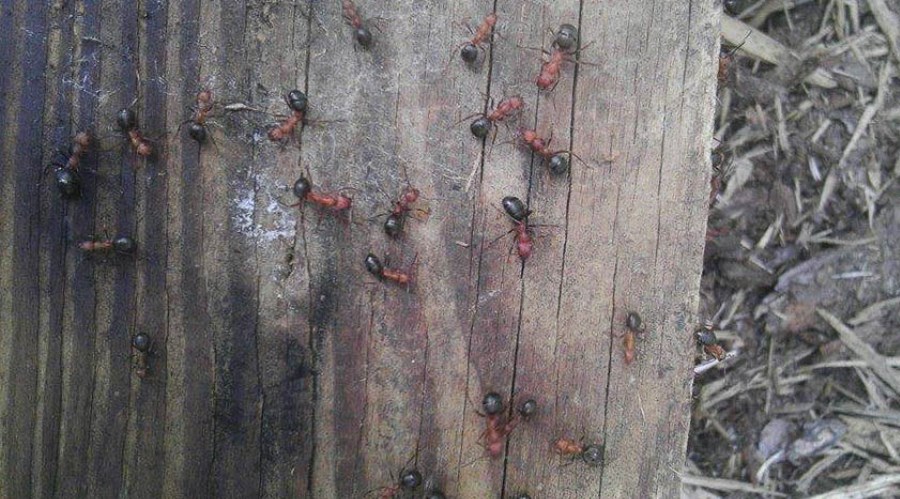
They may also make sounds as they go about their regular activities. This rustling sound will come from the wood inhabited.


